Photo of cerulean warbler by Joshua Wiley.
Tobacco Barn Hollow Preserve - Doubling the Size of a Remote Forest Wilderness
Total Project Cost: $2,513,982
Balance of Acquisition Costs Needed: $1,525,916 - as of 8/19/2025
Stewardship Funds are also critically needed
Hiking: Sunrise to Sunset
Address: 700 Ewing Rd, Bainbridge, OH 45612;
6870 Morgans Fork Rd, Waverly, OH 45690
Download and Go! - Hiking Guide and More Information
A dog owner's guide to hiking the Arc of Appalachia
This is the second-largest campaign for Ohio forest preservation in the Arc’s 30-year history! Our goal is to DOUBLE the acreage of Tobacco Barn Hollow Preserve, increasing it from its current 458 acres to 927!! We were already working on one major parcel in the region, funded heavily by a Clean Ohio grant, when, in the span of just a few months last winter, we were contacted by FIVE more landholders who wanted to sell, many of them hoping their forests would be permanently preserved.
What are the odds of this real estate activity in one place—and all at the same time? We were stunned by the synchronicity of these opportunities. If this plan succeeds, Tobacco Barn Hollow will become the Arc’s SECOND LARGEST preserve in Ohio, exceeded in size only by the Highlands Nature Sanctuary. We are stunned by how this campaign has come together against all odds!
Backer Barn Hollow, as we call it locally, spans the shared border of Ohio’s Ross and Pike Counties in the remote, roadless heartland of 12,500-acre Pike State Forest. Nestled between Mitchell and Robinette Ridges, the region boasts a dramatic 500-foot elevation change from ridgetop to the valley floor.
Only FOUR viable populations of timber rattlesnakes remain in Ohio. Tobacco Barn Hollow is one of them. Multiple sightings of the endangered timber rattlesnake have been documented on both state land and our preserve. Without large blocks of protected forested wilderness, this beautiful, shy, and unassuming reptile has no chance whatsoever for survival. In our pursuit to expand home territory for this species, we are also creating a future for the endangered. Naturally, many other wildlife species will benefit from the protection of such a large and contiguous chunk of forest, especially since we will be permitting these woodlands to age and mature without timber removal or any other disturbance.
Scroll below the photo gallery and the acquisition map for deeper information. Aerial photo by Brian Prose.

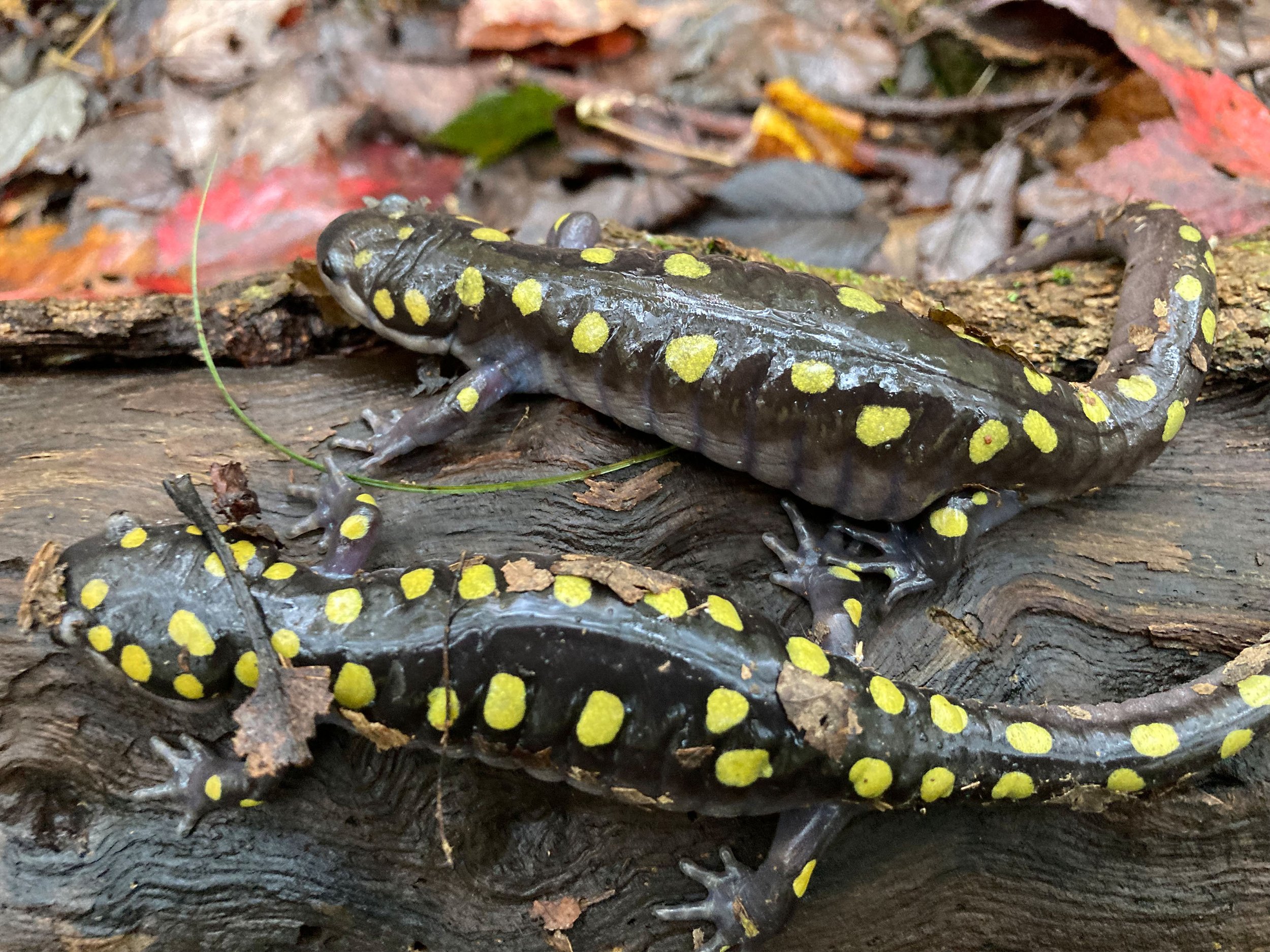

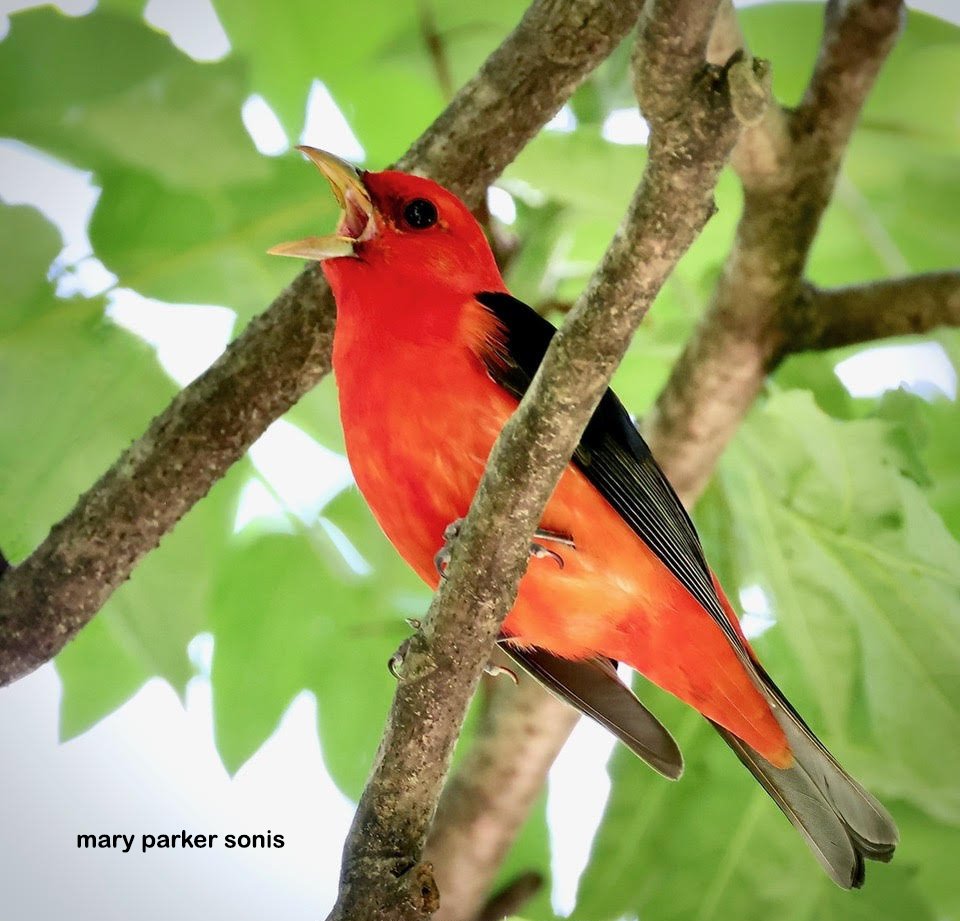

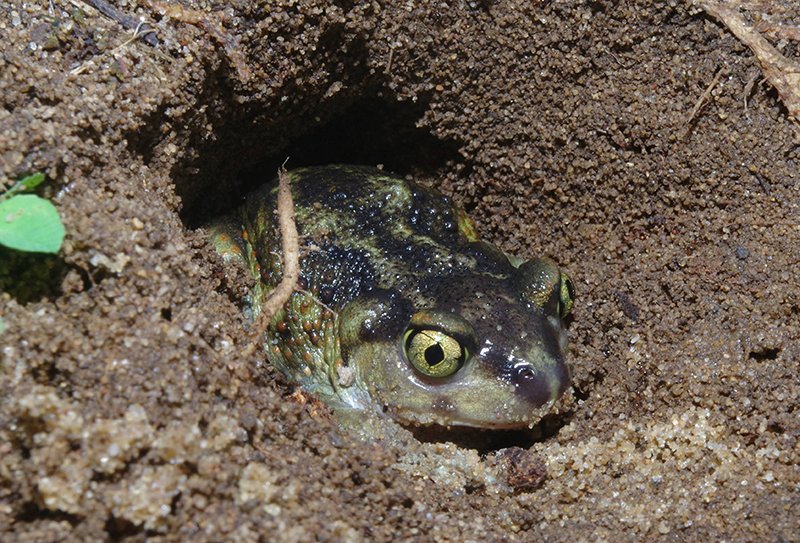
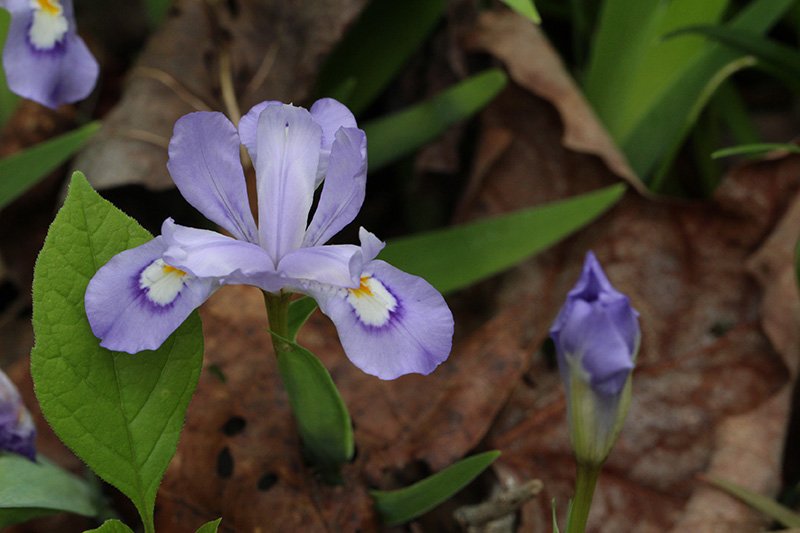
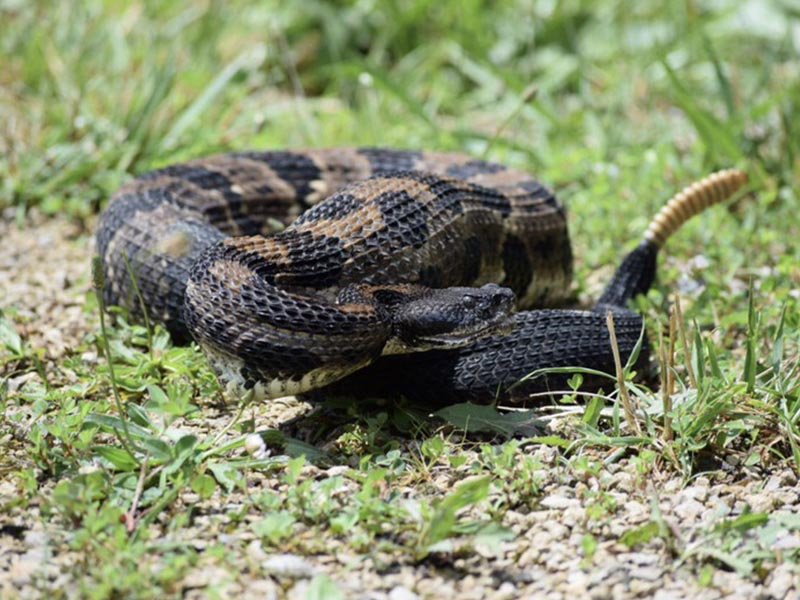
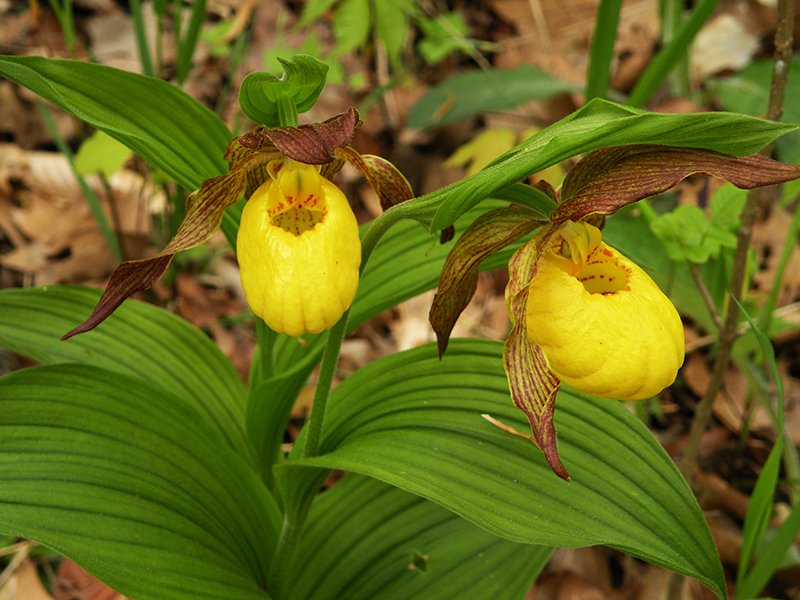
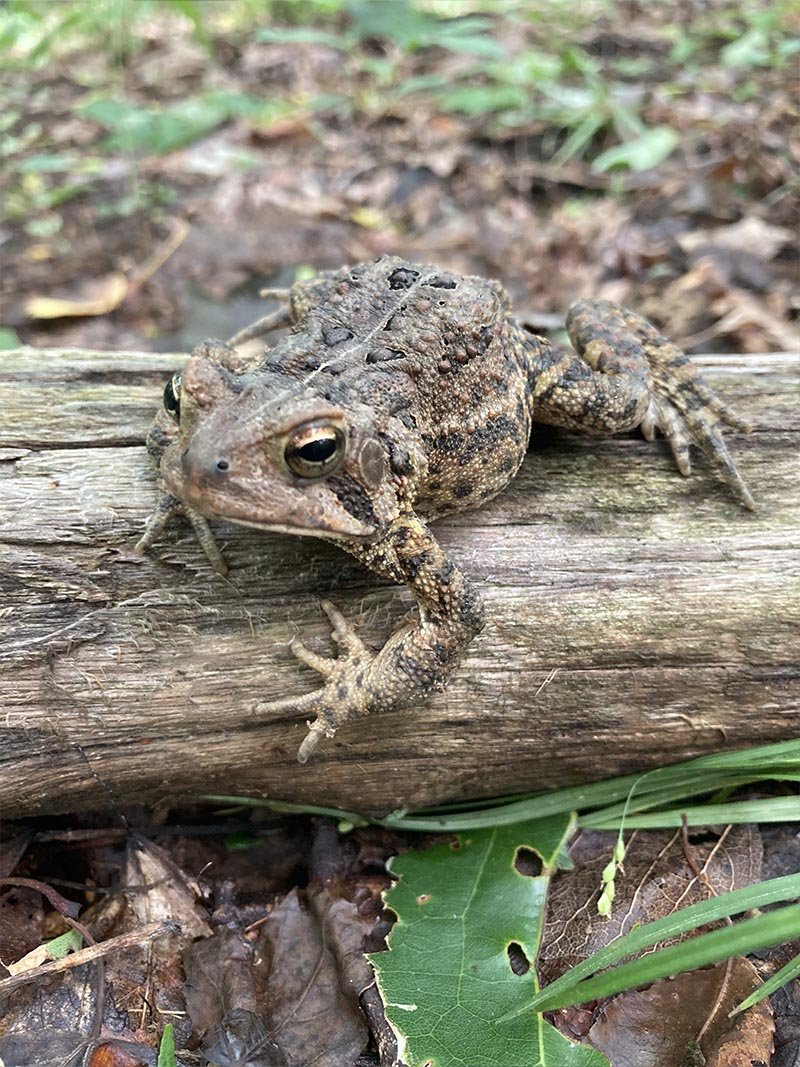


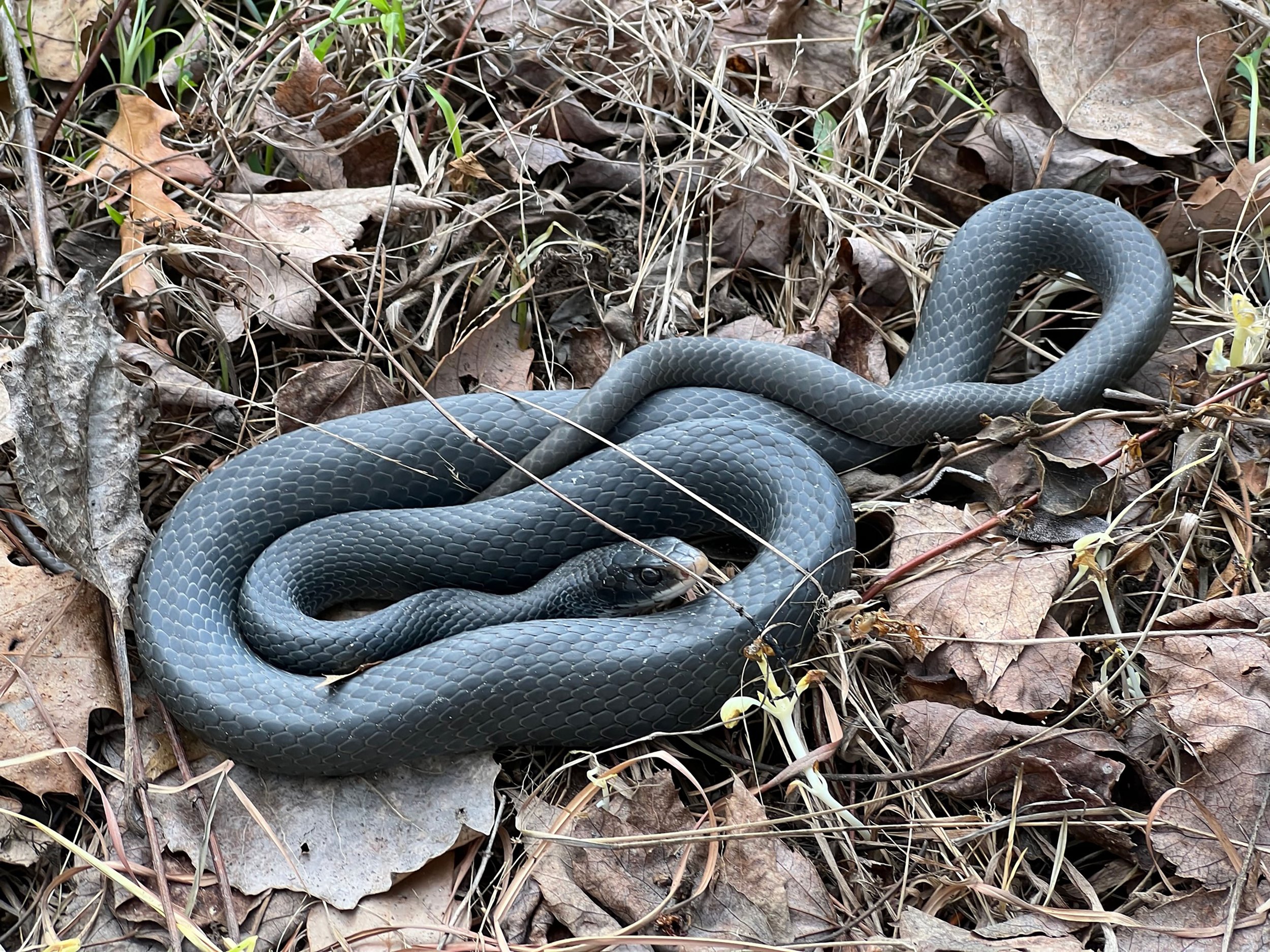


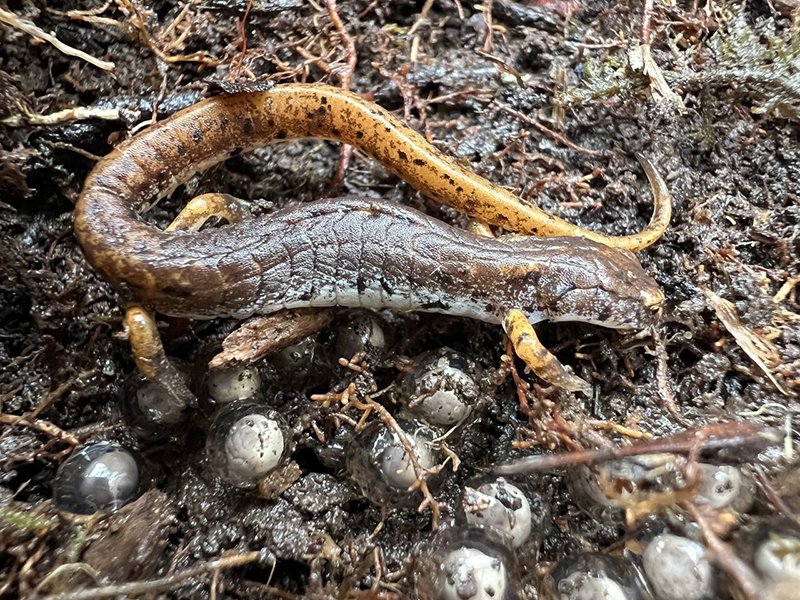

The Gauley is a TREE-ROOTS campaign!! CLICK HERE TO BECOME AN ARC ALLY!
We will need an entire community of volunteers behind us if we are to succeed - people who are interested in sharing and endorsing the campaign link with their networks, speaking to local audiences, hosting peer-to-peer fundraisers, creating an art project, writing blogs, and/or maybe raising money for an acre ($2745) or more of land. You can also use this Arc Ally link to share your GREAT idea, and if it is in our power to ignite it, we will! Registering will connect you with an entire tool chest of support materials.
Preserving a Wilderness for Biodiversity. Forest fragmentation and destruction are two of the leading causes of biodiversity decline across America’s Great Eastern Hardwood Forest. The larger an intact forest community, the better it can nurture its primeval complex of plants and animals. Large, old forests equate to high biodiversity. The Arc’s primary purpose for founding Tobacco Barn Hollow in 2007 was to provide homes for some of Ohio’s most vulnerable wildlife species. Today, 18 years later, we wish to expand it in size for the very same reasons.
Herp “Central.” Tobacco Barn Hollow has the greatest diversity of amphibians and reptiles of any preserve in the Arc of Appalachia properties. Tobacco Barn Hollow is not only a documented refuge for timber rattlesnakes, but it also provides a safe harbor for many other reptiles as well, including gray rat snakes, rough green snakes, black racers, and ring-necked snakes, to name a few. Timber rattlesnakes have been intensely studied at Tobacco Barn Hollow Preserve over the years by expert field researchers. By marking individuals with small tracking devices and then laboriously following them around all summer, a remarkable amount of information has been gleaned about their seasonal behaviors. We’ve learned how far a snake will cover ground in a season, where it hibernates, and what perils present themselves throughout the year. Several specimens of timber rattlesnakes have been found crossing the very lands that we are currently pursuing for acquisition.
Tobacco Barn Hollow is equally rich in amphibian diversity. Vernal pools teem with life in early spring at a time when mole salamanders, newts, and wood frogs play out their ancient breeding rituals. The rarest amphibian discovery that has been made in the preserve has been the state-endangered eastern spadefoot toad. Multiple records of these extremely rare animals have been found on existing preserve lands, but where these animals are actually breeding remains a mystery.
Botanical Hotspot. On one of the parcels, which has only recently been added to the campaign, Arc staff members were delighted to discover the densest wildflower display we have ever witnessed on soils derived from sandstone and shale bedrocks. Dense displays of celandine poppy, sweet William phlox, perfoliate bellwort, Jack-in-the-pulpit, green dragon, long-spurred violet, and large-flowered trillium dominate the dense carpets of flowers. In early summer, stunning towers of Canada lilies unfurl into bloom. Tobacco Barn Hollow’s floral diversity and bounty rival the flower showcases of the Arc’s karst-country preserves, which is really saying something!
We Speak for the Birds! Preserving habitat for breeding birds on both ends of their arc of migration is now an urgent necessity if we are not to witness the tragedy of a rapidly approaching Silent Spring. The population of North American birds has dropped nearly 30% since 1970, which equates to a staggering loss of three billion birds. Because the word “billion” is beyond our comprehension, considering the losses of specific species helps drive this point home. Since 1970, we have lost 168 million dark-eyed juncos, 93 million white-throated sparrows, and 139 million meadowlarks. Roughly one out of every four birds that shared our world back in 1970 has vanished into thin air. These missing birds are the “canaries in the coal mine” for planet Earth. Their deaths demonstrate that the life force of our planet’s ancient, natural communities - including our Eastern Forest - is flickering out as it loses its ability to sustain abundance and biodiversity.
All of the bird migrants that winter in the tropics and nest in the deep forests of the Eastern United States - from scarlet tanagers to hooded warblers and wood thrushes - have significantly better breeding success when provided with large, intact blocks of forests. This is where their insect food reserves are the most secure, and where the threat of parasitic cowbirds laying eggs in their nests is minimized. Thus, all of our forest birds benefit from the Tobacco Barn Hollow project - our vireos, tanagers, gnatcatchers, and warblers. But the birds that will benefit the most are those that don’t just prefer large blocks of forests to reproduce successfully, they require them. Signature deep forest birds include worm-eating warblers, ovenbirds, cerulean warblers, and Kentucky warblers. All of these species can be found in high numbers in the forests of Tobacco Barn Hollow, and they will especially benefit from our planned forest protection in the region.
Why is funding for this campaign so important? Last year, the Arc was awarded a grant from the Clean Ohio program for the purchase of the 189-acre tract known as Pike Lake Entrance, Phase 1 (see map above). Because the high value of timber on the property met the grant’s required match, we are delighted to report that this acquisition has been paid for in full. However, at the inception of this campaign, all of the other five properties we seek to acquire are not funded and are at risk without securing the necessary funds.
We will pursue grant funding opportunities in the future to assist in purchasing these properties. However, positive outcomes from grant support are far from certain, and they are, in any case, slow in coming. If we, with the help of grants, have surplus funds at the end of this campaign, we will move excess funds into our Land Revolving Fund, the powerhouse of our land-buying muscle.
The Arc’s Land Buying Engine - the Land Revolving Fund. Monies in the Land Revolving Fund are poised to buy properties that, due to market conditions, have to be purchased more quickly than the slow gears of fundraising permit. The Land Revolving Fund is essentially a land-buying savings account for the Arc. When properties are purchased with money loaned out of the Land Revolving Fund, the lands are temporarily held by the Arc’s nonprofit partner, Wilderness East. This gives us the priceless gift of time. When everything works out as it should and the Arc has successfully completed fundraising for a specific project, the monies borrowed from the Land Revolving Fund are then returned to be used for a future project. Over the years, we have slowly increased the Land Revolving Fund - thereby strengthening our land-buying capacity. Obviously, if we fail to fundraise and fail to replace the loaned funds, the Arc is stalled in land-buying negotiations until the Fund is slowly built back up again. Instead of becoming stronger, we are weaker.
Please make a donation to one or more of our TWELVE stellar campaigns this year. We are showcasing:
Frequently Asked Questions
What is the timeline to save this property? A sympathetic nonprofit is holding some of the campaign parcels for the Arc of Appalachia, giving us until April 2025 to fully raise the campaign funds. If we do not meet this deadline, some of the many parcels making up this project could be lost, and interest rates will begin, which will severely damage our forward momentum. Completing this project by spring is thus of utmost importance. Because of our partner nonprofit’s devotion and assistance, fortunately, we are able to guarantee that all donations will be safely applied to this campaign.
What expenses are covered by the campaign? The campaign total includes the sale price, closing costs, and a small percentage of funds (7% or less) to cover the cost of preparing the closing papers, running the campaign, pursuing grant sources, and processing the gifts and checks. All of this is accomplished in-house with our Arc staff. Stewardship funds are not included in this campaign and will be raised separately. For more information on how the Arc stewards its preserves, follow this link, “Stewardship Forever.”
Can I visit the property? YES! Tobacco Barn Hollow is currently being developed with trails, and some of them are already open. More trails are planned for the campaign properties along with the Buckeye Trail running right through the preserve region. Be sure to subscribe to our news services to receive announcements of future trail openings via email and through Telegram, a phone app, by clicking this Subscribe button.
Is the Arc a trustworthy nonprofit? The answer is YES (and naturally we are just a wee bit biased)! Our dynamic staff and committed board are all dedicated to integrity, honesty. efficiency, hard work, and transparency. Our best reviews are from our donors, nearly all of whom stay with us long-term. Many who supported us when the Arc started 30 years ago are still part of our extended family of donors. For those of you interested in fiscal data, our 2024 audited financials are linked to our donation page. We invite you to read more about our mission here, and check out our recent annual news magazines - an annual celebration of the Arc’s energized land preservation achievements, combined with some truly splendid nature art. We hope you will also consider visiting us at our headquarters, the 3,000-acre Highlands Nature Sanctuary in south central Ohio, where we have 18 miles of trails and overnight rental cabins.
Would you like to contact us? Phone our office staff at (937) 365-1935, or write to arcpreserveinfo@gmail.com. Our headquarters at the Appalachian Forest Museum is hosted by REAL people (amazing, right?), 7 days a week from March 15 to November 15. During the winter, our phones and emails are staffed Monday through Friday.
Help us spread the word about this campaign!
Something in this campaign has your name on it. Let us help you find it! Each of us has a unique network. Each of us is separated from every other human being on the planet by no more than six handshakes. Okay, that may be a slight exaggeration, but it is a lovely assertion of our interconnectedness. If you would like to share campaign news with circles of connection, know that our front door is wide open to help you help us. We delight in putting broken lands back together again and removing the fences between them. And you know what? We feel exactly the same way about people.
A Word About Grants.
We will be trying to supplement some of the funding we need for the Tobacco Barn Hollow campaign with grant monies, but even in the best scenario, grant money is glacially slow in arriving. And, because grants are competitively awarded, they are uncertain. Our goal, therefore, is to fully fund this project with private dollars. If, at a future time, we are lucky enough to be able to replace some of our private funding with grant monies, we will move the excess private funds back into our Land Revolving Fund. If so, that would be great news for both the campaign AND our donors because monies in the Land Revolving Fund are recycled, potentially leveraging funds over and over again for multiple future land projects.
Our donors love it when it works out this way, and we love it too! We can’t predict the future or know how this campaign will play out. Yet, when the call to protect something greater than ourselves grows loud, we answer together. This success belongs to all of us. We’ll continue sharing our progress as we work to protect Appalachian wildlands in the months and years ahead.



